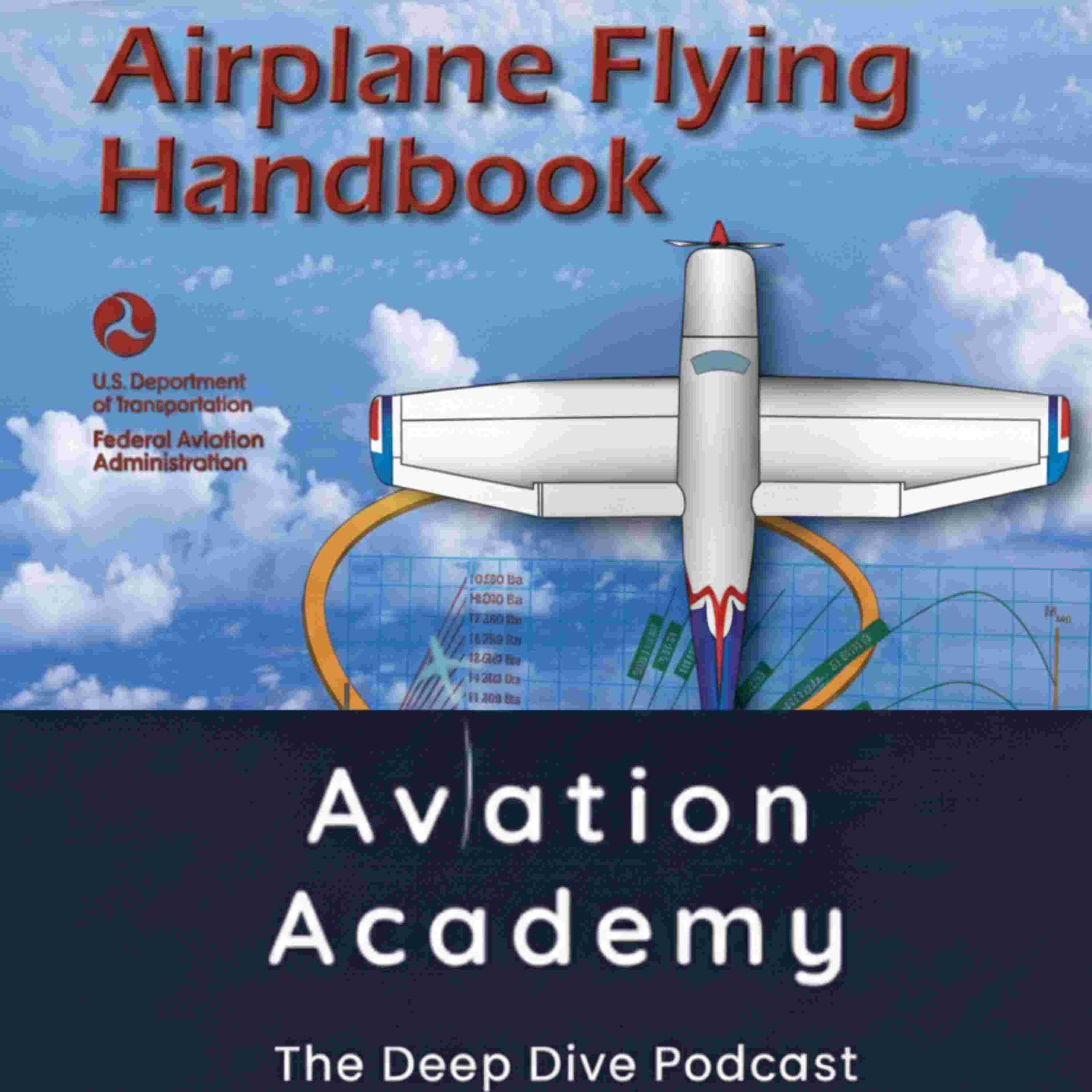

Welcome back to Aviation Academy! In this episode, we're taking the next step in a pilot's journey by transitioning to complex and high-performance airplanes. These aircraft, defined by their retractable landing gear, flaps, and controllable-pitch propellers, demand additional planning, judgment, and piloting skills. We'll explore the key systems that define these airplanes and the proper procedures for their operation, based on guidance from the
Airplane Flying Handbook (FAA-H-8083-3C)
In this episode, we'll cover:
Flaps and their Function: We'll dive into the different types of flaps—plain, split, slotted, and Fowler—and explain how they increase the wing's lift coefficient to allow for lower airspeeds during takeoff and landing. We'll also discuss the importance of extending flaps in increments during the landing pattern for a more stabilized approach.
Controllable-Pitch Propellers: We'll demystify constant-speed propellers, which automatically adjust their blade angle for maximum efficiency across a wide range of flight conditions. Learn the proper sequence for making power changes to avoid engine damage: increase RPM first, then manifold pressure when increasing power, and decrease manifold pressure first, then RPM when decreasing power.
Turbocharging: We'll explain how a turbocharger uses exhaust gases to pressurize incoming air, allowing an engine to maintain cruise power at high altitudes where there is less drag. We'll also cover the crucial role of heat management and the proper procedures for handling a turbocharger malfunction.
Retractable Landing Gear: We'll explore the benefits of retractable landing gear, such as increased climb performance and higher cruise airspeeds due to decreased drag. Learn about the different systems (hydraulic and electric), safety devices like squat switches and ground locks, and the importance of using a checklist to avoid common errors like a gear-up landing.
Join us as we prepare you for the demands of flying more advanced aircraft, ensuring you have the knowledge and skills to operate these complex machines with confidence and precision